- Joined
- Jun 23, 2015
- Messages
- 8,525
- Reaction score
- 6,427
- Location
- Petawawa, Ontario
- Website
- www.trevorbaldwin.space
- Can others edit my Photos
- Photos NOT OK to edit
as if the sensor cant deal with limited light, your SCREWED
Most wildlife photographers don't shoot in the dark making your argument really weak.
ALMOST ANY DSLR/Mirrorless camera sensor manufactured in the last 5-10 can handle wildlife shooting with a quality lens. ALMOST NO DSLR/Mirrorless camera can do well shooting wildlife if you have a crap lens. It's a fact that the lens is way more important than the camera when it comes to wildlife. I can take my worst camera with my best lens and I'll always get better shots than my best camera with my worst lens.
Playing with the vivitar lenses won't prove anything other than you need to compensate for a low quality lens. That's all.


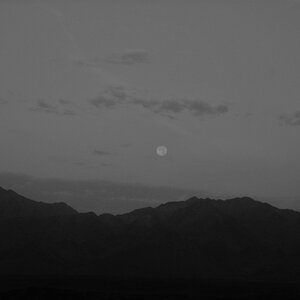
![[No title]](/data/xfmg/thumbnail/33/33340-27d18dd642b5257e4b9a04a4c1feffd1.jpg?1619735910)
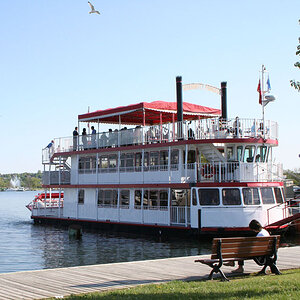
![[No title]](/data/xfmg/thumbnail/31/31742-596f6bbc60b2ba7fed2cd25f5aacf41c.jpg?1619734985)


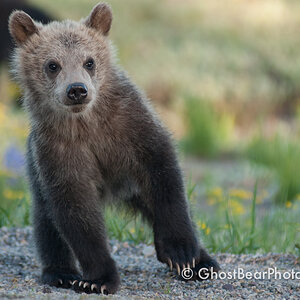

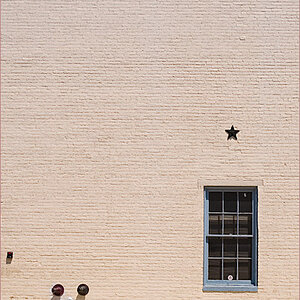
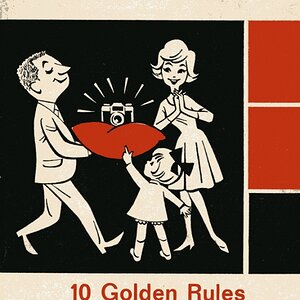
![[No title]](/data/xfmg/thumbnail/31/31047-a219a8303cd90075f802f2e993dac0ce.jpg?1619734587)
![[No title]](/data/xfmg/thumbnail/31/31045-f4eb92f5d5eaca89ec5966763eea2dae.jpg?1619734585)